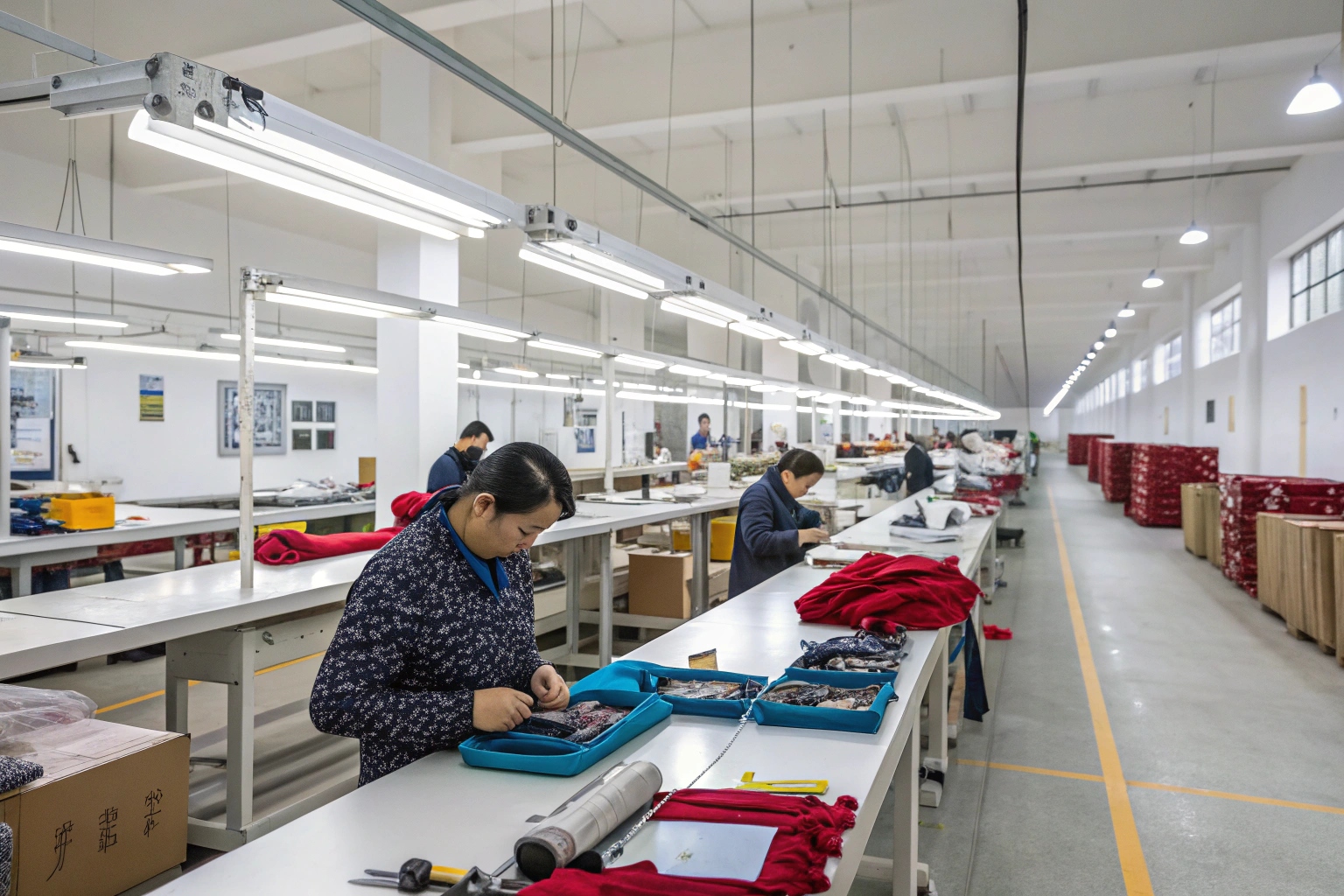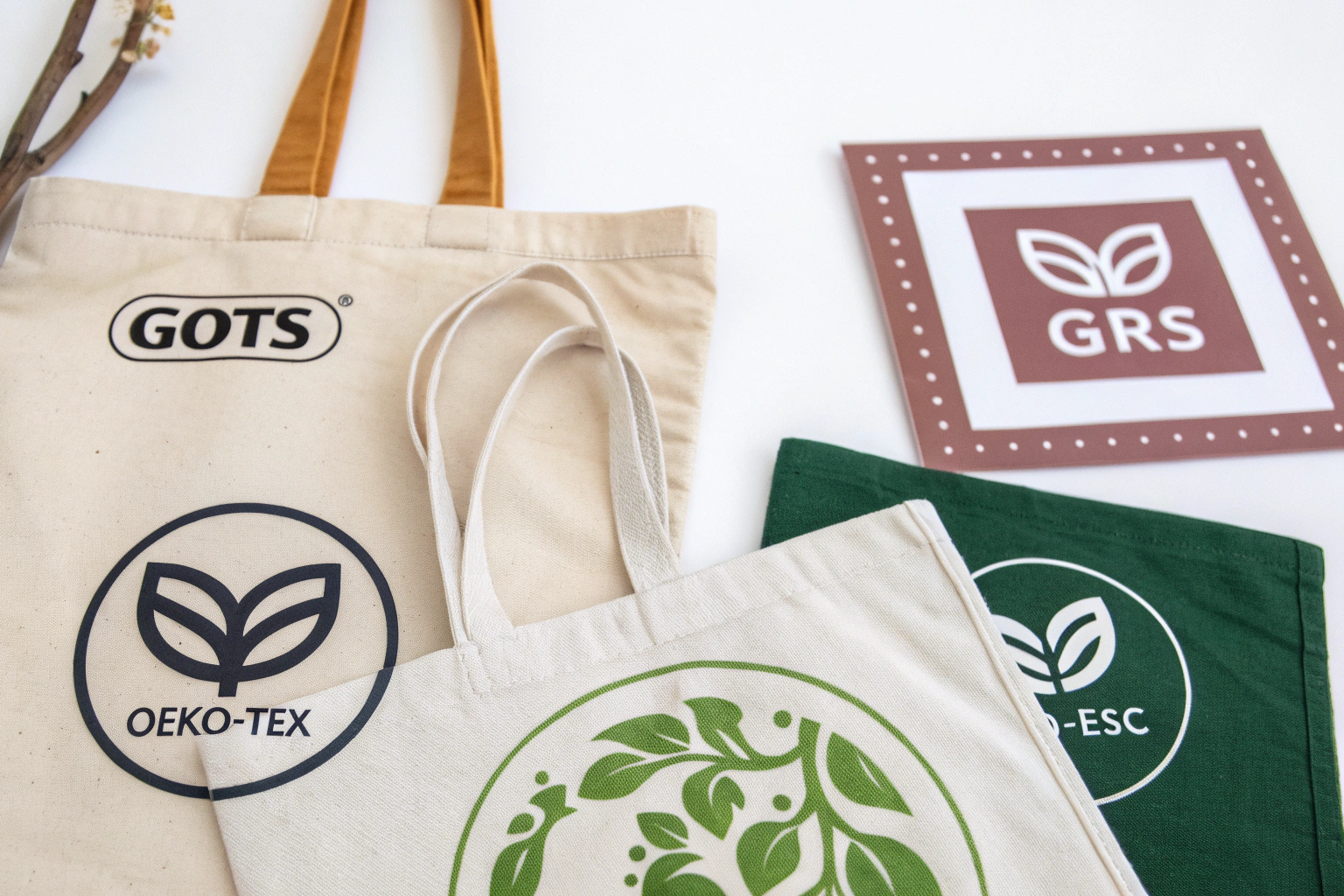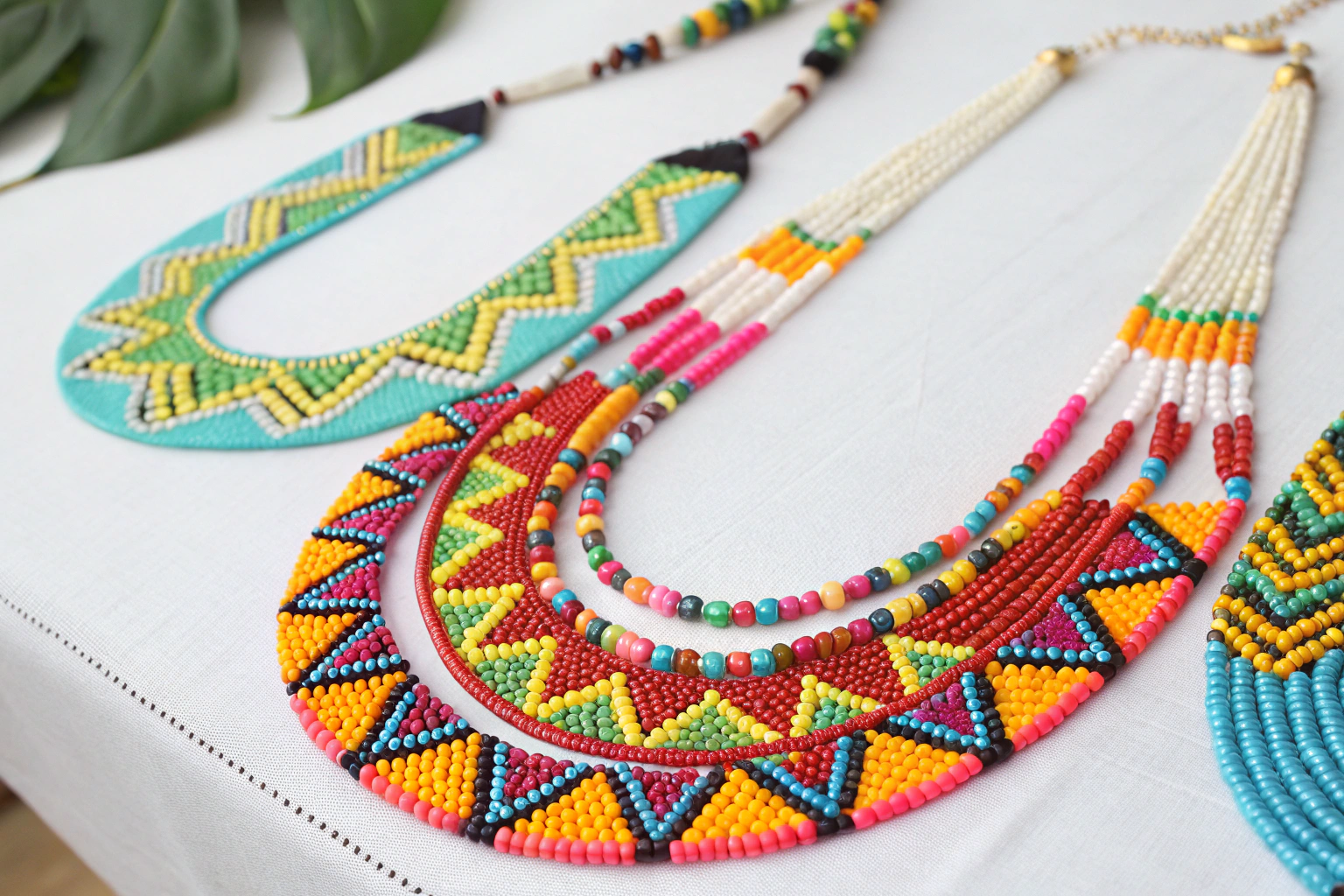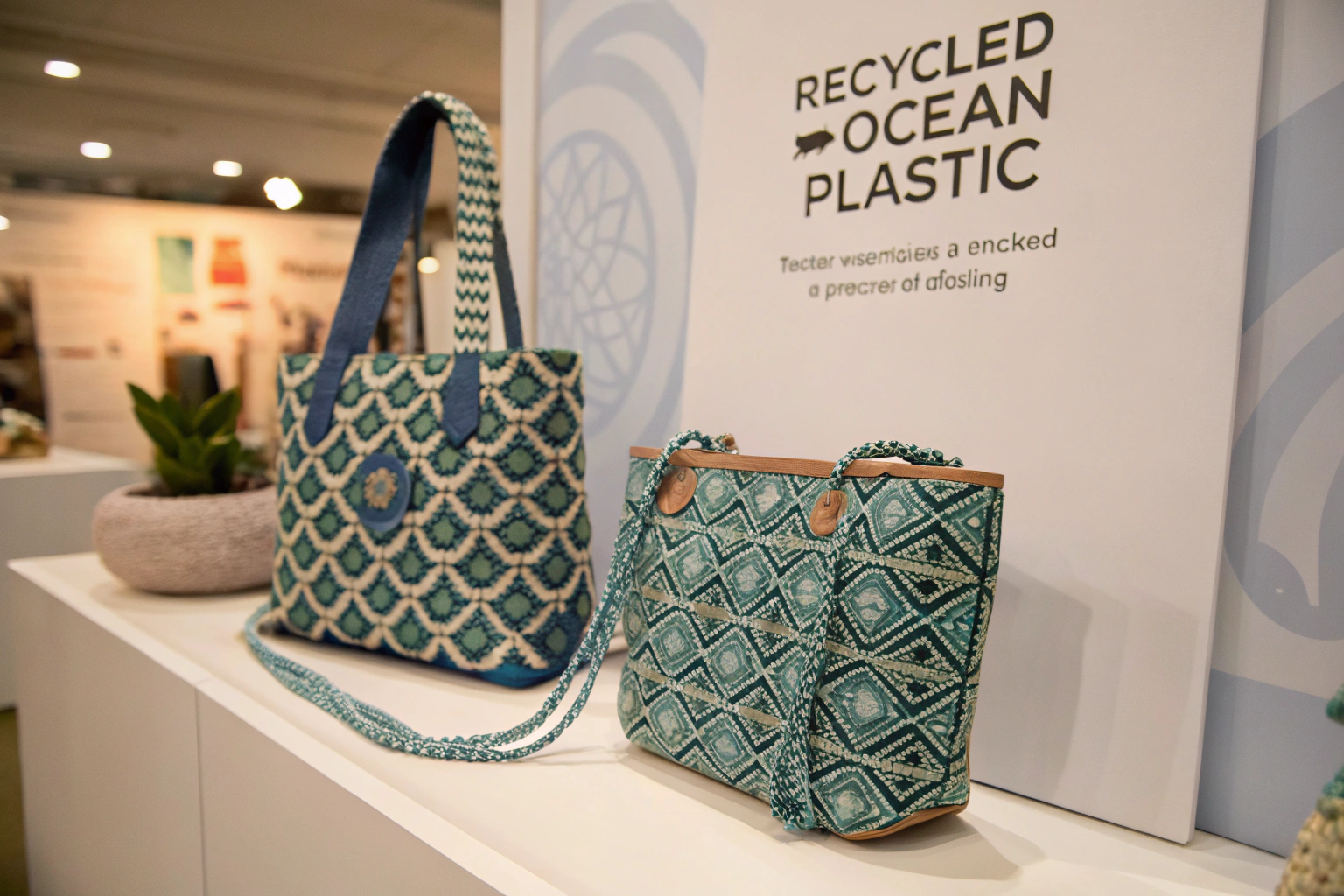Buyers often worry about slow lead times, high defect rates, and unclear communication. These issues can cost brands sales and reputation.
Lean manufacturing transforms accessory production by reducing waste, increasing efficiency, and delivering consistent quality—especially in modern Chinese factories like ours.
As the owner of an accessory export company in Zhejiang, I’ve seen firsthand how Lean methods help us meet strict deadlines and high standards for clients in the U.S. and Europe.
Key Principles of Lean Used in Chinese Factories
Accessory production has unique demands—many styles, fast turnarounds, seasonal peaks. Applying Lean principles in this context is not just helpful, it’s critical.
The key Lean principles applied in Chinese factories include continuous improvement (Kaizen), just-in-time production, value stream mapping, standardized work, and visual management. These strategies create a system that reduces delays and defects while keeping flexibility high.
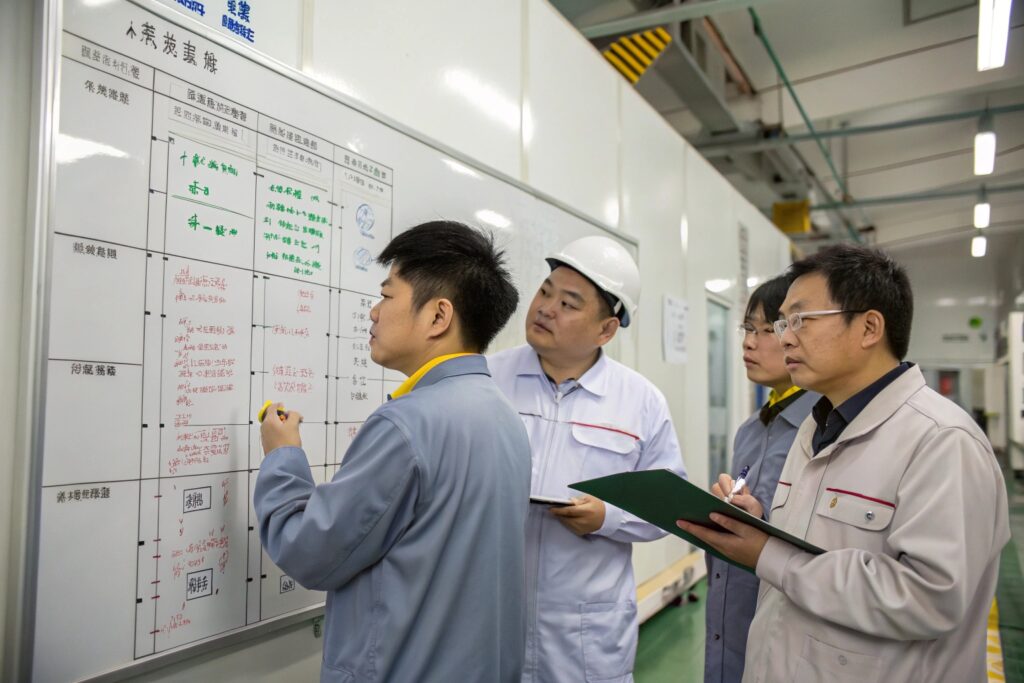
How does Kaizen empower factory teams to fix problems on the floor without waiting for management?
In our facility, we train team leaders to make daily improvement suggestions. For example, our packing staff suggested adding guides to standardize box sealing. That small idea reduced packing time by 12%. In Lean, these small steps build long-term efficiency.
Kaizen also creates ownership. Our line workers are more invested because they know their ideas matter. And when people care, quality goes up naturally.
Why is Just-in-Time so powerful in reducing stock waste, especially when managing high-SKU accessory orders?
We work with brands that carry dozens—even hundreds—of SKUs. Producing too much inventory leads to overstock, tying up money and space. With Just-in-Time, we build to actual order needs.
By syncing our raw material arrival with production schedules, we avoid storage overflow and expired trims. For seasonal items like scarves or summer hats, timing is everything. Using Lean, we buy and produce only when needed.
How Lean Reduces Waste and Improves Efficiency
In traditional factories, waste piles up from idle workers, overproduction, defects, and waiting. That’s not just costly—it slows everything down.
Lean reduces these forms of waste by redesigning production flow, using cross-trained staff, and aligning all steps to actual demand. This approach increases efficiency and helps meet tight delivery windows.
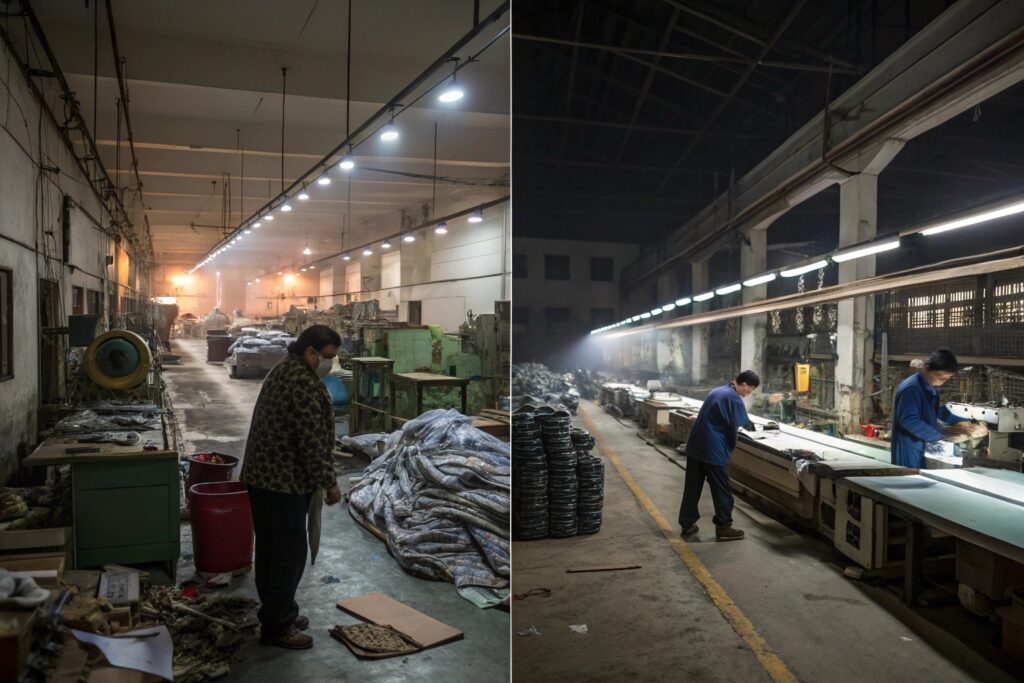
How does Lean layout design save time and eliminate unnecessary motion between workstations?
When we reorganized our sewing area for belts and hairbands, we reduced worker walking distance by 30%. Machines, tools, and materials are now placed in logical sequence. Less movement means more output and fewer errors.
We also use Kanban boards to control flow. Each team knows what’s coming, what's in progress, and what’s done—at a glance.
What’s the impact of standardizing tasks for frequent accessories like hair clips and belts?
Before Lean, each operator had their way of assembling clips. Some were fast but sloppy. Others were careful but slow. Now we document best practices for each step—down to how many stitches per inch or how to snap components in place.
This consistency cuts defect rates and helps train new workers quickly. It’s especially helpful when ramping up production after a new order comes in.
Faster Turnaround Times with Streamlined Production
In the fast-moving fashion industry, every day counts. Clients expect production and shipping timelines to be short and predictable.
Lean manufacturing shortens turnaround times by removing delays between processes, setting clear production targets, and preventing rework. This creates a smoother, faster flow from start to finish.
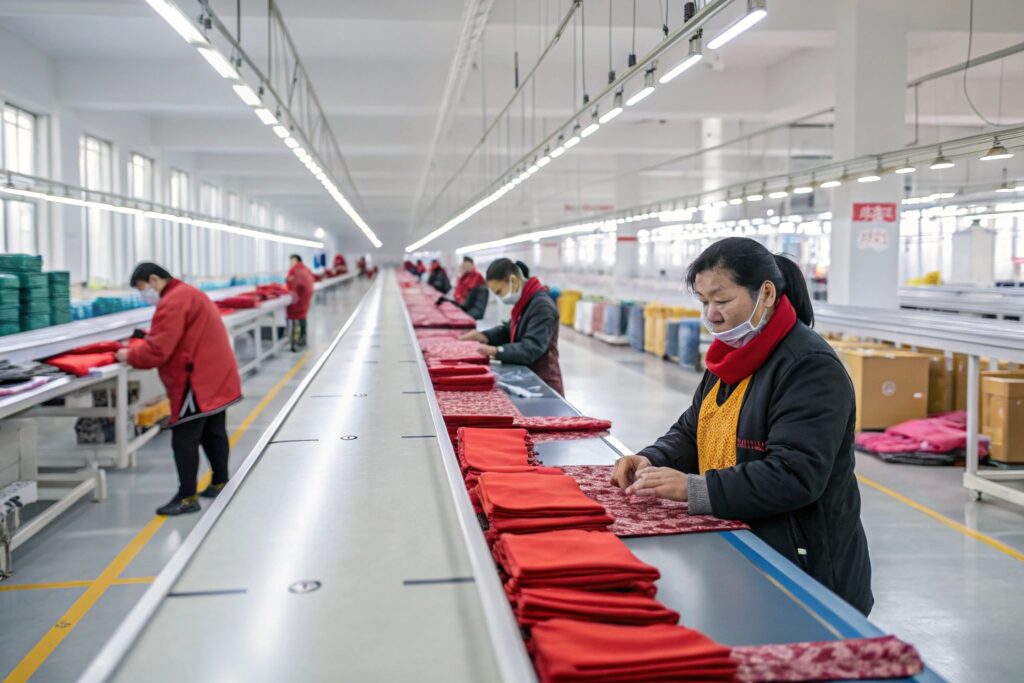
How do takt time and daily output goals help keep production aligned with delivery dates?
We calculate how many units we need per hour to meet deadlines. That’s called takt time. If one belt-stitching station falls behind, we catch it early and fix it before it delays everything.
Each line has visual dashboards. When operators see they’re behind target, they flag it instantly. We can then shift resources—like pulling trained help from another line—to stay on track.
Why is reducing batch sizes a key factor in speeding up accessory orders?
Traditional bulk production waits until all pieces are done before moving to the next step. That causes pile-ups and long lead times.
With Lean, we run smaller batches. That means the first 100 hats can move to packing while the rest are still stitching. This creates flow and reduces bottlenecks.
It also helps with urgent orders. One client needed a reorder of 5,000 hair ties in under a week. We split the job into mini-batches across multiple lines and delivered ahead of schedule.
Consistent Quality Through Lean Process Controls
Fast isn’t enough if quality suffers. The best factories can deliver speed and consistency at the same time.
Lean methods maintain quality through standardized work, early error detection, and frequent team-level inspections. The goal is to fix problems at the source—not after products are boxed.
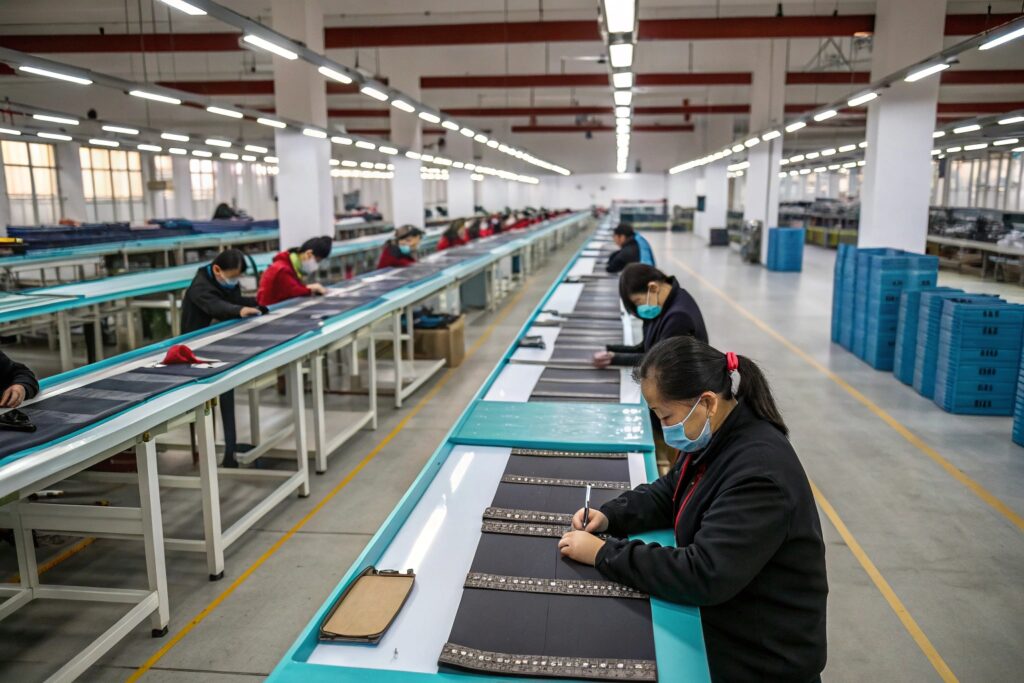
How does Lean promote self-inspection and reduce reliance on end-of-line quality checks?
Instead of waiting for a final QC team, each operator inspects their own work before passing it on. For example, a scarf cutter checks length and fringe alignment before sending it to the stitching table.
This stops bad pieces from traveling further down the line. When something goes wrong, we fix it at the point of origin—not days later.
We also teach workers to recognize early signs of defect. In our umbrella line, if the canopy tension is too loose, the worker flags it before it turns into a functional issue.
Why are visual tools and mistake-proofing devices so effective in quality control?
We use simple color-coded tools—red bins for defective components, green for approved. We hang visual guides for correct button placement and embroidery styles.
Poka-yoke tools, like alignment jigs for belt buckles, make it impossible to attach parts in the wrong direction. These tools are cheap to build but save thousands in returns and rework.
We keep defect logs and share summaries with our repeat buyers. This openness helps us improve together—and shows them we take quality seriously.
Conclusion
Lean manufacturing gives accessory producers in China a clear edge: faster output, lower waste, and more stable quality. With the right systems in place, we deliver better results—and stronger trust—for every customer.

